- ×
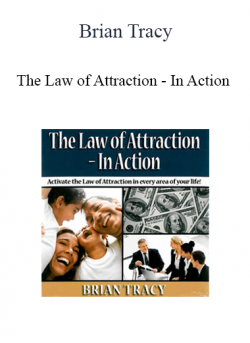 Brian Tracy - The Law of Attraction - In Action 1 × $9.00
Brian Tracy - The Law of Attraction - In Action 1 × $9.00 - ×
 Guitar World Staff - 20 Essential Beginner Blues Licks Guitar 1 × $9.00
Guitar World Staff - 20 Essential Beginner Blues Licks Guitar 1 × $9.00 - ×
 The New Tantra - Polarity & Switching 1 × $76.00
The New Tantra - Polarity & Switching 1 × $76.00 - ×
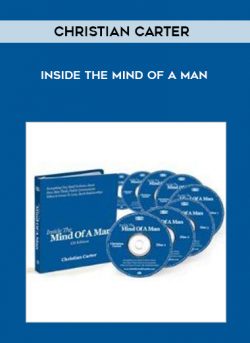 [Download Now] Christian Carter - Inside the Mind of a Man 1 × $34.00
[Download Now] Christian Carter - Inside the Mind of a Man 1 × $34.00 - ×
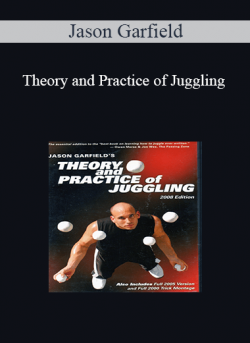 Jason Garfield - Theory and Practice of Juggling 1 × $10.00
Jason Garfield - Theory and Practice of Juggling 1 × $10.00 - ×
 Luke Jermay - Remote Viewing 1 × $5.00
Luke Jermay - Remote Viewing 1 × $5.00 - ×
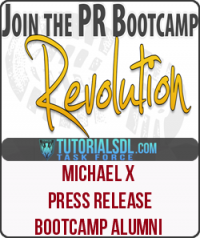 Michael X - Press Release Bootcamp Alumni 1 × $40.00
Michael X - Press Release Bootcamp Alumni 1 × $40.00 - ×
 [Download Now] John Assaraf - Winning the Game of Business 1 × $78.00
[Download Now] John Assaraf - Winning the Game of Business 1 × $78.00 - ×
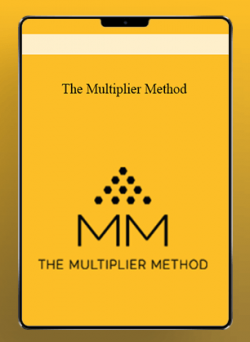 [Download Now] The Multiplier Method 1 × $24.00
[Download Now] The Multiplier Method 1 × $24.00 - ×
 [Download Now] John Assaraf - Winning the Game of Procrastination 2 × $29.00
[Download Now] John Assaraf - Winning the Game of Procrastination 2 × $29.00 - ×
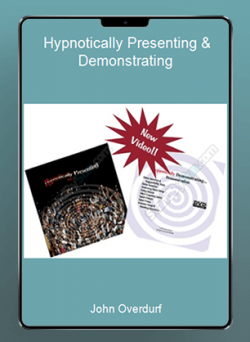 [Download Now] John Overdurf - Hypnotically Presenting & Demonstrating 1 × $17.00
[Download Now] John Overdurf - Hypnotically Presenting & Demonstrating 1 × $17.00 - ×
 [Download Now] Margaret Lynch - 7 Levels of wealth 1 × $30.00
[Download Now] Margaret Lynch - 7 Levels of wealth 1 × $30.00 - ×
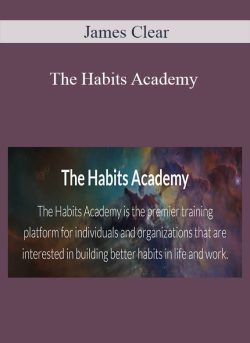 James Clear - The Habits Academy 1 × $32.00
James Clear - The Habits Academy 1 × $32.00 - ×
 Curt Maly - The BELT Workshop 1 × $200.00
Curt Maly - The BELT Workshop 1 × $200.00 - ×
 Instant Induction - Igor Ledochowski 1 × $35.00
Instant Induction - Igor Ledochowski 1 × $35.00 - ×
 [Download Now] Jeff Ziegler - Credit Spread Trading Made Simple 3.0 1 × $26.00
[Download Now] Jeff Ziegler - Credit Spread Trading Made Simple 3.0 1 × $26.00 - ×
 BestSeller Summit 2018 1 × $38.00
BestSeller Summit 2018 1 × $38.00 - ×
 [Download Now] Steve Gordon - The Unstoppable Referrals Launchpad 1 × $34.00
[Download Now] Steve Gordon - The Unstoppable Referrals Launchpad 1 × $34.00 - ×
 Ryan Deiss - Number One System 1 × $72.00
Ryan Deiss - Number One System 1 × $72.00 - ×
 [Download Now] Igor Ledochowski - Hypnotherapy Business Method 1 × $74.00
[Download Now] Igor Ledochowski - Hypnotherapy Business Method 1 × $74.00 - ×
 [Download Now] Jeff Paul - How You Can Make $4,000 A Day, Sitting At Your Kitchen Table, In Your Underwear! 1 × $32.00
[Download Now] Jeff Paul - How You Can Make $4,000 A Day, Sitting At Your Kitchen Table, In Your Underwear! 1 × $32.00
Subtotal: $933.00



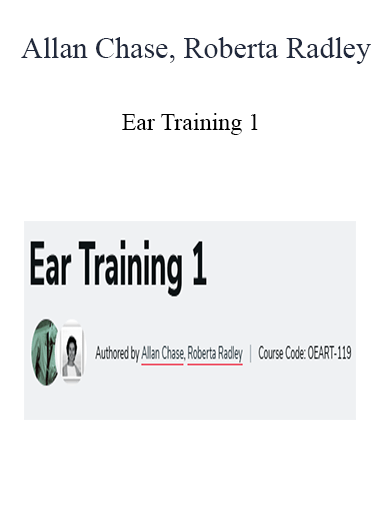
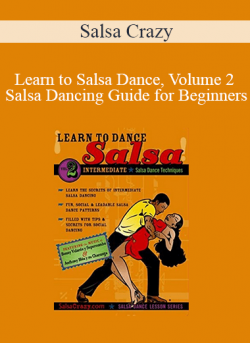
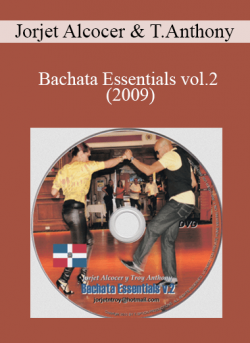
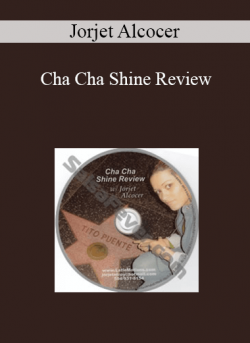

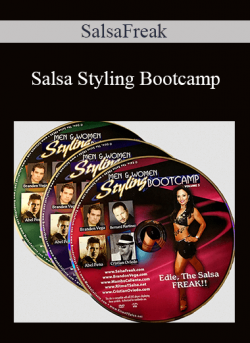
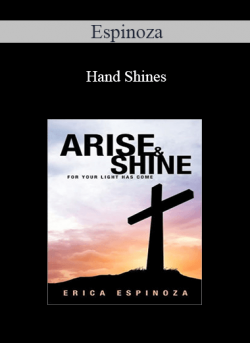
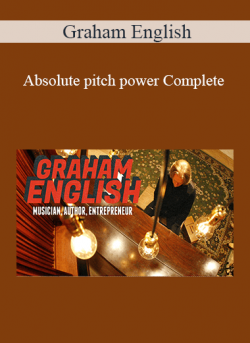
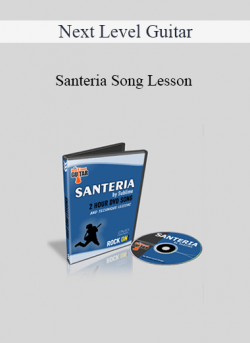
6 reviews for Allan Chase, Roberta Radley – Ear Training 1
There are no reviews yet.